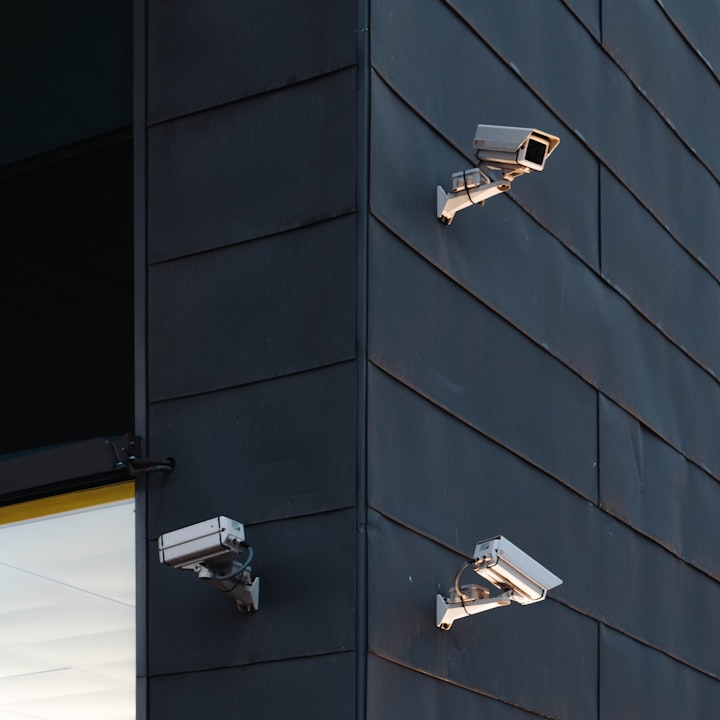Why Do Streaming Services Lag: A Closer Look at the Factors
Learn about streaming service lag, network congestion, and CDNs causing delays.

You and your family are huddled around your devices, eagerly watching the same live sporting event through a popular streaming service.
However, to your surprise, you realize that one feed is up to 30 seconds behind the other, despite using the same streaming app, account, and internet connection.
Why does this discrepancy occur?
Let's delve into the intricate web of factors that contribute to streaming service lag.
Bandwidth and Network Congestion:
One of the leading causes of varying lag times in streaming services is the allocation of bandwidth and network congestion.
When multiple devices within the same network simultaneously access content, the available bandwidth is distributed among them.
This can lead to delays and discrepancies in the delivery of data, resulting in varying lag times.
Server Proximity and Load Balancing:
Another crucial aspect that influences lag in streaming services is the proximity to servers and load balancing.
The geographical location of server nodes can impact the time it takes for data to travel back and forth.
Additionally, the load on these servers, which is dynamically distributed to manage traffic, can introduce disparities in streaming delays.
Content Delivery Networks (CDNs) and Caching:
Content Delivery Networks (CDNs) play a pivotal role in delivering streaming content efficiently.
However, the utilization of CDNs and caching can introduce varying lag times based on how effectively the content is cached and distributed within the network infrastructure.
In some cases, cached content may lead to faster streaming, while in others, it can result in delayed access.
Device Performance and Compatibility:
The performance and compatibility of user devices with the streaming service can also impact lag.
Factors such as processing power, network adapters, and software optimizations contribute to the overall streaming experience, leading to differences in lag times across devices.
Encryption and Network Protocols:
Encryption protocols and network configurations can introduce latency variations, causing disparities in streaming delays across devices.
Depending on the encryption methods and network protocols utilized, the time it takes to process and transmit data can differ, resulting in varying lag times.
Latency Optimization Techniques:
Streaming services employ various latency optimization techniques, such as adaptive bitrate streaming and buffering strategies.
The implementation and efficacy of these techniques can lead to inconsistencies in lag times, as they adapt to network conditions and device capabilities differently.
Unraveling the mysteries of lag in streaming services reveals a multifaceted landscape, where diverse factors intertwine to shape the streaming experience.
From network congestion to device performance and latency optimization, the intricate web of influences offers insight into the complexities of delivering seamless, synchronized content across diverse platforms.






